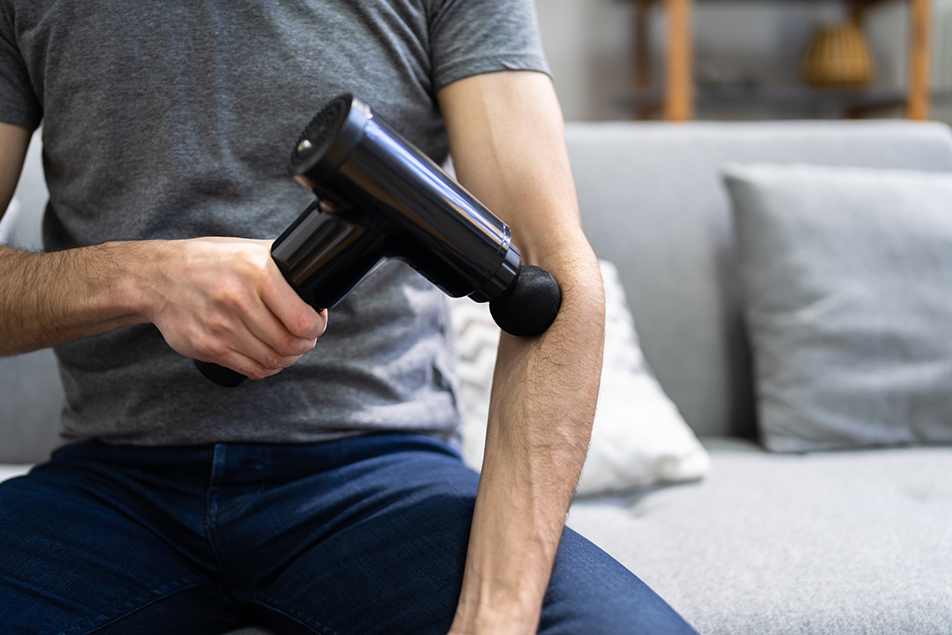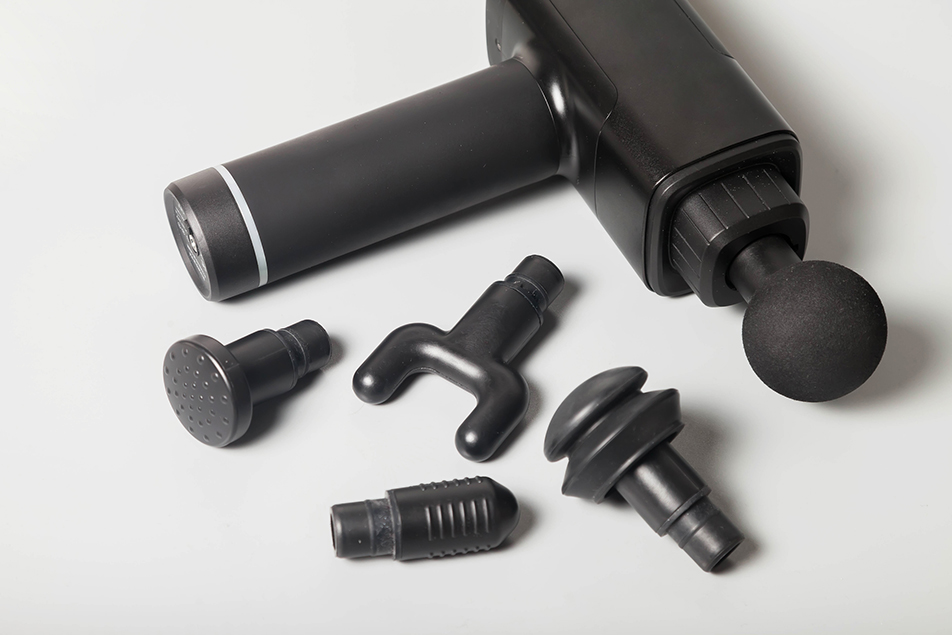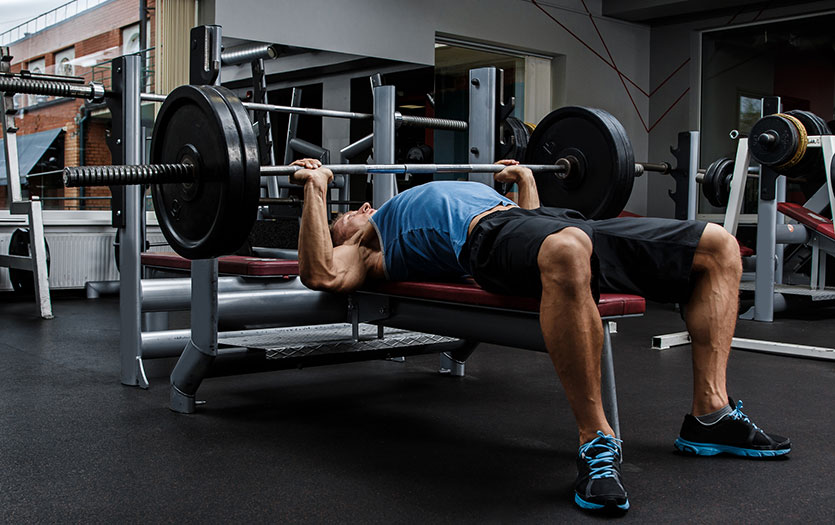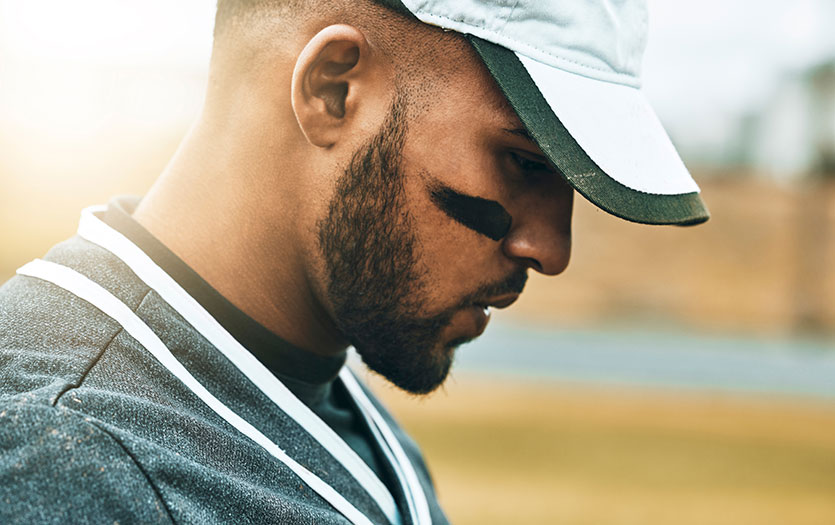
This post was written by Lynn Miller LAT, ATC, Parkview Sports Medicine.
A massage gun – also known as a “percussive therapy device” – is something that can benefit just about anyone. Since finding popularity through the company Therabody, maker of the well-known Theragun, percussive therapy device sales have spiked. A variety of manufacturers and models make it a feasible option for almost any preference and price range. Starting out can be a bit intimidating though, since many of these devices come with multiple head attachments and speeds. Let’s talk about how to use the tool properly for best results.
How do massage guns work?
Our muscles are surrounded by a connective tissue, much like a sausage has casing around the meat. This connective tissue “casing” is called fascia, and when it specifically covers our muscles, it is called myofascia. When our muscles swell after activity, this can cause our myofascia to become tight around the muscle and cause pain. Massage guns help by gently releasing the tension. The massage also helps increase blood flow to the muscle, allowing it to heal.
Think about how, when you bang your knee on a desk or table, it feels a little better when you rub it? This is because our nerves that sense pressure can override the nerve signal to the brain that causes pain. A massage gun can do the same for painful muscles; the pressure that it exerts overrides the pain signal going to our brain for temporary relief.
How should I use a massage gun?
Always check with a medical professional to make sure you don’t have any contraindications for using a massage gun. Once you get the green light, it’s time to choose a head attachment to use. Most models come with the following attachment options:

The first on the left is a flat head. This is for general use on large muscles such as the hamstrings or quadriceps.
Second from left (bottom) is commonly called the “bullet head.” This one is used to target trigger points and to work around bone without accidentally hitting it.
Second from left (top) is the forked head, which is used specifically for the neck and spine. This allows you to target both sides of the vertebrae at the same time. Just be careful to avoid accidentally hitting the bone!
Pictured attached to the percussive device is the ball head. This one is the general go-to head attachment since it is so versatile.
How high should I set the vibration and for how long?
The speed and intensity is determined by the person receiving treatment. A common phrase used in sports medicine is “Let pain be your guide.” This concept is applied here. Pain should never reach a 5/10 (where 6/10 is crying). A scale of 4/10 or below would be a general, but tolerable, ache.
Like anything else, if your body is telling you to stop, you should listen. If you have any questions, don’t hestitate to consult your physician or athletic trainer.



